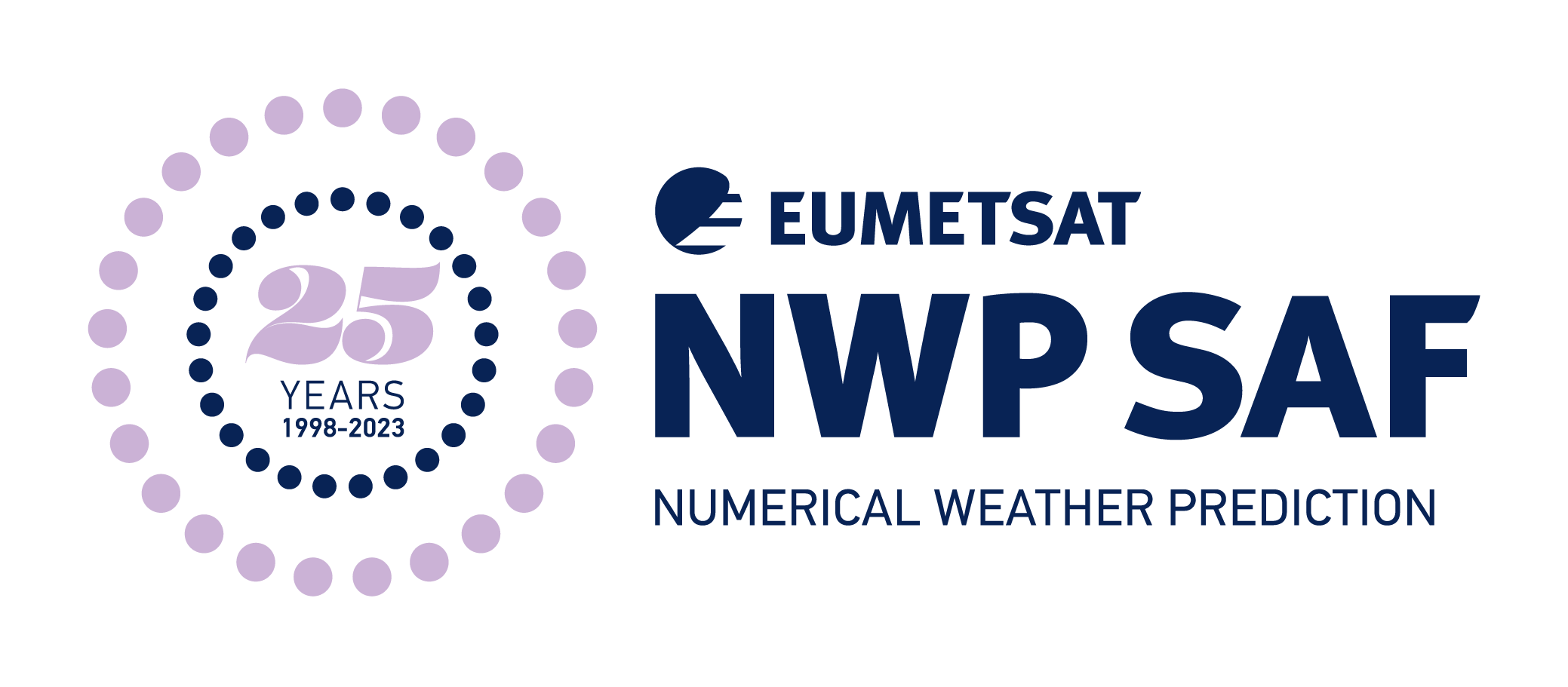| Turner, E., Rayer, P. and Saunders, R. | AMSUTRAN: A microwave transmittance code for satellite remote sensing | JQSRT Volume 227, April 2019, Pages 117-129, https://doi.org/10.1016/j.jqsrt.2019.02.013 | 2019 | metaRTTOV | CDOP3 |
Vidot J., Brunel P., Dumont M., Carmagnola C., Hocking J.
| The VIS/NIR Land and Snow BRDF Atlas for RTTOV: Comparison between MODIS MCD43C1 C5 and C6. Remote Sens., 10, 21.
| Remote Sensing. https://doi.org/10.3390/rs10010021, Vol 10(1) | 2018 | metaRTTOV | CDOP3 |
Scheck, L., Mayer, B., Weissmann, M.
| Efficient methods to account for cloud top inclination and cloud overlap in synthetic visible satellite images
| J. Atmosph. Ocean Tech., Vol 35, pp665-685
| 2018 | metaRTTOV | CDOP3 |
Saunders, R., Hocking, J., Turner, E., Rayer, P., Rundle, D., Brunel, P., Vidot, J., Roquet, P., Matricardi, M., Geer, A., Bormann, N., and Lupu, C.
| An update on the RTTOV fast radiative transfer model (currently at version 12)
| "Geosci. Model Dev.
https://doi.org/10.5194/gmd-11-2717-2018", Vol 11, pp 2717-2737
| 2018 | metaRTTOV | CDOP3 |
Poli, P. and Brunel, P.
| Assessing reanalysis quality with early sounders Nimbus-4 IRIS (1970) and Nimbus-6 HIRS (1975)
| Advances in Space Research, DOI:10.1016/j.asr.2018.04.022, Vol 62(2), pp 245-264
| 2018 | metaRTTOV | CDOP3 |
Aumann, H. H., Chen, X., Fishbein, E., Geer, A., Havemann, S., Huang, X., Liuzzi, G., DeSouza‐Machado, S., Manning, E. M., Masiello, G., Matricardi, M., Moradi, I., Natraj, V., Serio, C., Strow, L., Vidot, J., Wilson, R. C., Wu, W., Yang, Q. and Yung Q. L.
| Evaluation of radiative transfer models with clouds
| Journal of Geophysical Research: Atmospheres, DOI:10.1029/2017JD028063
| 2018 | metaRTTOV | CDOP3 |
| Havemann, S., J.-C.Thelen, J. P.Taylor, and R. C. Harlow | The Havemann-Taylor Fast Radiative Transfer Code (HT-FRTC): A multipurpose code based on principal components | Journal of Quantitative Spectroscopy and Radiative Transfer https://doi.org/10.1016/j.jqsrt.2018.09.008 | 2018 | metaRTTOV | CDOP3 |
De Angelis F., Cimini D., Löhnert U., Caumont O., Haefele A., Pospichal B., Martinet P., Navas-Guzmán F., Klein-Baltink H., Dupont J-C, and Hocking J.
| Long-term observations minus background monitoring of ground-based brightness temperatures from a microwave radiometer network
| Atmos. Meas. Tech. https://doi.org/10.5194/amt-10-3947-2017
| 2017 | metaRTTOV | CDOP3 |
Kneifel, S., J. D. Neto, D. Ori, D. Moisseev, J. Tyynelӓ, I. S. Adams, K-.S. Kuo, R. Bennartz, A. Berne, E. E. Clothiaux, P. Eriksson, A. J. Geer, R. Honeyager, J. Leinonen, C. D. Westbrook
| The First International Summer Snowfall Workshop: Scattering properties of realistic frozen hydrometeors from simulations and observations, as well as defining a new standard for scattering databases
| 10.1175/BAMS-D-17-0208.1
| 2017 | metaRTTOV | CDOP3 |
| De Angelis, F., Cimini, N., Hocking, J., Martinet, P., Kneifel, S. | RTTOV-gb – adapting the fast radiative transfer model RTTOV for the assimilation of ground-based microwave radiometer observation | Geosci. Model Development doi:10.5194/gmd-9-2721-2016 , Vol 9, pp 2721-2739 | 2016
| metaRTTOV | CDOP2 |
Poli, P., D. Dee, R. Saunders, V. John, P. Rayer, J. Schulz, K. Holmlund, D. Coppens, D. Klaes, J. Johnson, A. Esfandiari, I. Gerasimov, E. Zamkoff, A. Al-Jazrawi, D. Santek, M. Albani, P. Brunel, K. Fennig, M. Schroeder, S. Kobayashi, D. Oertel, W. Doehler, D. Spaenkuch, and S. Bojinski
| Recent advances in satellite data rescue
| Bulletin of the American Meteorological Society
| 2016 | metaRTTOV | CDOP2 |
Vogelzang, J. and A. Stoffelen
| ASCAT ultrahigh-resolution wind products on optimized grids
| IEEE Journal of Selected Topics in Applied Earth O, 2016, doi:10.1109/JSTARS.2016.2623861
| 2016 | metaRTTOV | CDOP2 |
| Larsson, R., M. Milz, P. Rayer, R. Saunders, W. Bell, A. Booton, S. A. Buehler, P. Eriksson, and V. John | Modeling the Zeeman effect in high altitude SSMIS channels for numerical weather prediction profiles: comparing a fast model and a line-by-line model | Atmos. Meas. Tech. doi:10.5194/amt-9-841-2016, 2016, Vol 9, pp 841-857 | 2016 | metaRTTOV | CDOP2 |
| Vidot, J. , A. J. Baran, and P. Brunel | A new ice cloud parametrization for infrared radiative transfer simulation of cloudy radiances: Evaluation and optimisation with IIR observations and ice cloud profile retrieval products | Journal of Geophysical Research. Atmospheresdoi: 10.1002/2015JD023462, Vol 120, pp 6937-6951 | 2015 | metaRTTOV | CDOP2 |
| Peubey C. and William Bell | The influence of frequency shifts in microwave sounder channels on NWP analyses and forecasts. | Journal of Atmospheric and Oceanic Technology. doi: 10.1175/JTECH-D-13-00016.1, Vol 31, pp 788-807 | 2014 | metaRTTOV | CDOP2 |
| Lu, Q. and W. Bell | Characterising channel center frequencies in AMSU-A and MSU microwave sounding instruments | Journal of Atmospheric and Oceanic Technology. doi:10.1175/JTECH-D-13-00136.1, Vol 31, pp 1713-1732 | 2014 | metaMonitoring metaRTTOV | CDOP2 |
| Vidot, J. and E. Borbas | Land surface VIS/NIR BRDF atlas for RTTOV-11: Model and validation against SEVIRI Land SAF albedo product | Q.J. Roy. Meteorol. Soc. Article first published online: 12FEB 2014. DOI: 10.1002/qj.2288 | 2014 | metaRTTOV | CDOP2 |
| Weston P P, W Bell and J R Eyre | Accounting for correlated error in the assimilation of high resolution sounders. | Q J R Meteorol Soc., 2013. Accepted manuscript online: 3 Dec 2013, DOI: 10.1002/qj.2306 | 2013 | metaRTTOV meta1DVar | CDOP2 |
| Martinet P, Fourrié N, Guidard V, Rabier F, Montmerle T and Brunel P | Towards the use of microphysical variables for the assimilation of cloud-affected infrared radiances | Q. J. Roy. Meteorol. Soc. | 2012 | metaRTTOV | CDOP2 |
